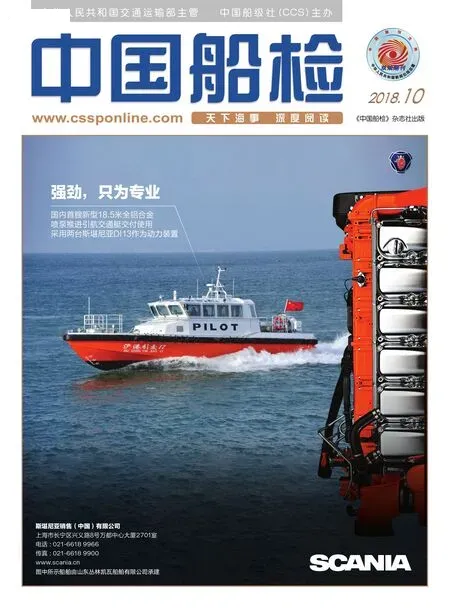Future development of container shipping industry
By Xu Jianhua
With the rapid consolidation of global container shipping lines over the past three years, the top three companies’market share has currently climbed to 46% from 26%in 2000, starting to make contribution to easing the pain of overcapacity, improving the network and reducing management cost.
However, the industry remains in a highly competitive status if measured by the Herfindahl-Hirschman Index(HHI).
Assuming the third-placed CMA CGM and the fifthplaced Hapag-Lloyd merge into one company, according to the recent market rumours that have been refuted, the industry’s HHI would be raised by 170 to around 1200 points, still counting as a hyper-competitive marketplace though.
In summary, it is necessary to continue consolidating container lines unless there are regulatory barriers holding them back. According to the prediction of several agencies including McKinsey and Maersk, the global carriers will be consolidated into 4-5 companies by means of acquisition or merger over the next 10 years.In a more concentrated market, the increase in capacity of scheduled container lines will get easier.
The consolidation of global carriers means a challenge for port and terminal operators. Although it is possible to enhance eff i ciency by consolidating container terminals,vertical integration would be another potential way to optimize the end to end value chain, and therefore help to improve efficiency and gain other benefits that are diff i cult to obtain among multiple participants.
For now, as various participants are trying to find a rule of winning that can create values, the industry is entering an incredible experimenting stage. Horizontal integration, especially in container shipping sector,hits the most headlines, because fi nancially stable and sound companies hope to build stronger standing in the market.
Some companies are making attempts at vertical integration—providing freight forwarding, container shipping and terminal services under one roof, which may cost very little. For example, DP World acquired European feeder operator Unifeeder, making a splash in the industry. It is not the fi rst investment in shipping business made by a terminal operator and will not be the last one either.
Almost everyone is trying to utilize the subversive power of digitalization, big data and analytics, which makes us wonder whether the “Born Digital” start-ups or E-commerce terminal users in the container lines value chain are and how they can be stronger participants.
In a new report, entitled Brave New World:Container Transport in 2043, released by the leading international freight transport insurer TT Club and the global management consulting firm McKinsey,shipping line executives saw eye to eye on the future trend: The physical characteristics of the industry are unlikely to change; Trade fl ows will reach re-balance,due to the increase in volume of regional trade and trade between the North and South; There will be great potential in autonomous shipping; Digitalization, big data and analytics will be the core of competition; The industry leaders in 2043 will be different from that of today, although they might be the same or similar companies.

